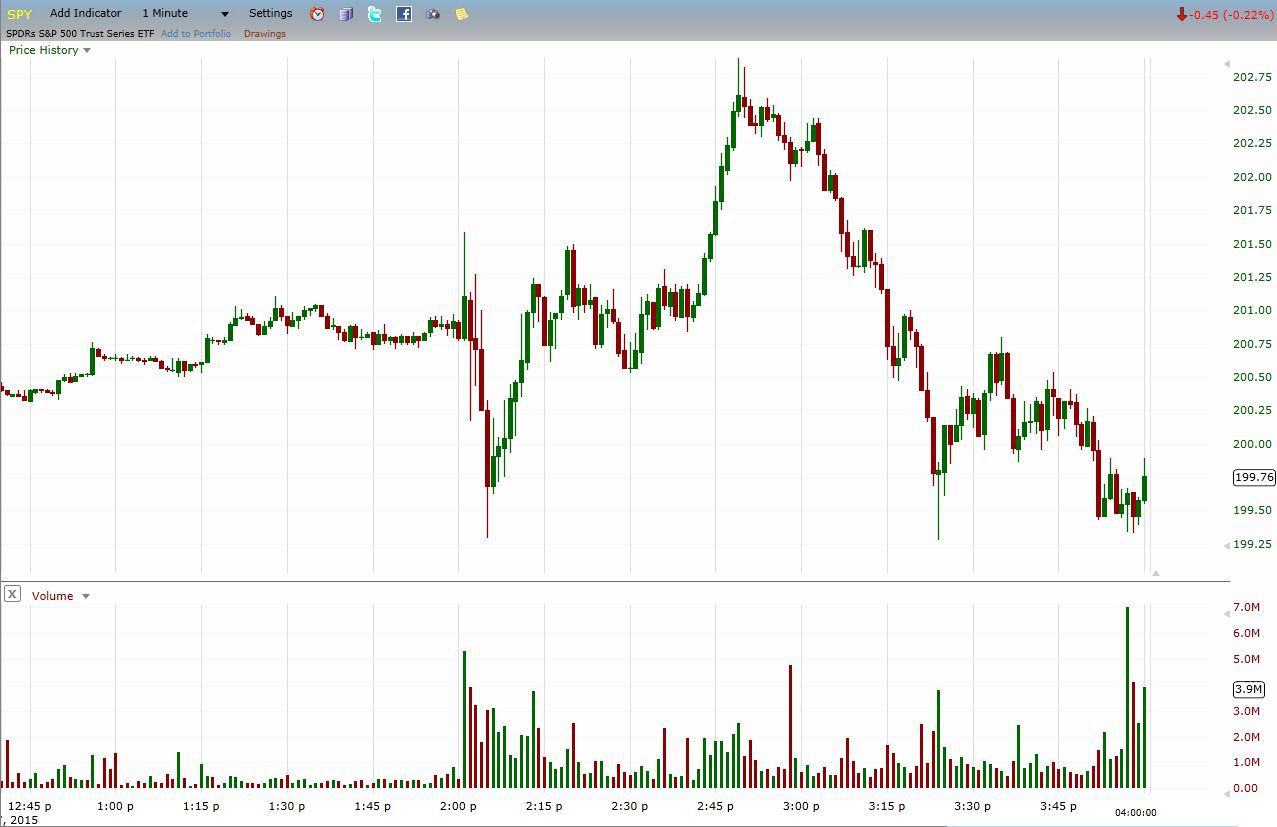Home>Finance>Creative Accounting: Definition, Types, And Examples


Finance
Creative Accounting: Definition, Types, And Examples
Published: November 4, 2023
Learn about creative accounting in finance, including its definition, types, and real-life examples. Enhance your understanding of financial manipulation with this comprehensive guide.
(Many of the links in this article redirect to a specific reviewed product. Your purchase of these products through affiliate links helps to generate commission for LiveWell, at no extra cost. Learn more)
Unlocking the World of Creative Accounting: Definition, Types, and Examples
When it comes to managing finances, businesses sometimes employ creative accounting practices to present a more favorable financial picture. But what exactly is creative accounting, and how does it work? In this blog post, we will delve into the world of creative accounting, exploring its definition, types, and providing real-life examples to illustrate its implications. So, let’s dive in and uncover the secrets behind this intriguing financial practice!
Key Takeaways:
- Creative accounting involves the manipulation of financial statements to present a more favorable view of a company’s financial position.
- While creative accounting can be legally permissible, it becomes problematic when it crosses ethical boundaries, distorting the true financial health of a company.
What is Creative Accounting?
Creative accounting refers to the strategic manipulation of financial figures within a company’s financial statements. The objective is to present a more positive financial outlook, often to attract stakeholders or investors, or to meet specific financial targets. This practice involves bending accounting rules and exploiting loopholes to find alternative ways of recording income, expenses, or assets.
While creative accounting does not necessarily indicate illegal activities, it has gained a reputation as a gray area within the finance industry. The key distinction lies in whether the manipulation adheres to accounting standards and regulatory requirements or crosses ethical boundaries.
Types of Creative Accounting
There are various techniques employed in creative accounting. Some of the most common types include:
- Off-Balance-Sheet Financing: This technique involves disclosing financial obligations outside the balance sheet to keep them hidden from investors, lenders, or analysts. By doing so, a company can present a healthier financial position.
- Income Smoothing: Companies may smooth their income over different reporting periods to avoid extreme fluctuations. They may defer reporting certain expenses or revenues, leading to a more consistent income pattern that may not reflect the company’s actual financial performance.
- Channel Stuffing: Companies may artificially inflate their sales figures by shipping excess products to distributors or customers at the end of a reporting period. This gives the appearance of increased demand, while in reality, the extra sales may have taken place solely to bolster financial statements.
- Timing Differences: By adjusting the timing of transactions and recognizing them in different accounting periods, companies can manipulate financial figures to achieve desired results.
- Change in Accounting Policies: Companies may switch accounting policies or methods to present financial information that supports their desired outcomes. However, such changes must be disclosed to maintain transparency and adhere to accounting standards.
Examples of Creative Accounting
Let’s take a look at some real-life examples of creative accounting:
- Enron: Perhaps one of the most infamous cases, Enron used creative accounting techniques to artificially inflate its revenue, hide debt, and misrepresent its financial performance. The fraudulent practices eventually led to the company’s collapse.
- WorldCom: WorldCom engaged in the fraudulent capitalization of expenses, recording costs as long-term assets to inflate its profits. This practice allowed them to hide the true financial condition of the company for several years.
- Tesla: In 2018, Tesla faced scrutiny after CEO Elon Musk claimed on Twitter that the company had secured funding to go private. This led to an investigation into potential misleading statements, raising concerns about possible creative accounting practices.
The Ethical Debate
Creative accounting is a subject of ethical debate, as it involves presenting financial information that may not accurately reflect a company’s true financial health. While certain manipulations may be legally permissible, ethical concerns arise when the practices deceive stakeholders, mislead investors, or compromise transparency.
Conclusion
Creative accounting is a controversial financial practice that blurs the line between legitimate strategies and manipulation. While it can be legally acceptable under certain circumstances, it is imperative for businesses to maintain honesty and transparency in financial reporting to safeguard the confidence of stakeholders and maintain trust in the financial system.
Understanding the concept of creative accounting, its types, and real-life examples allows us to be more informed and critical when analyzing financial statements. By doing so, we can better navigate the complex world of finance, making informed decisions and ensuring the integrity of financial reporting.














